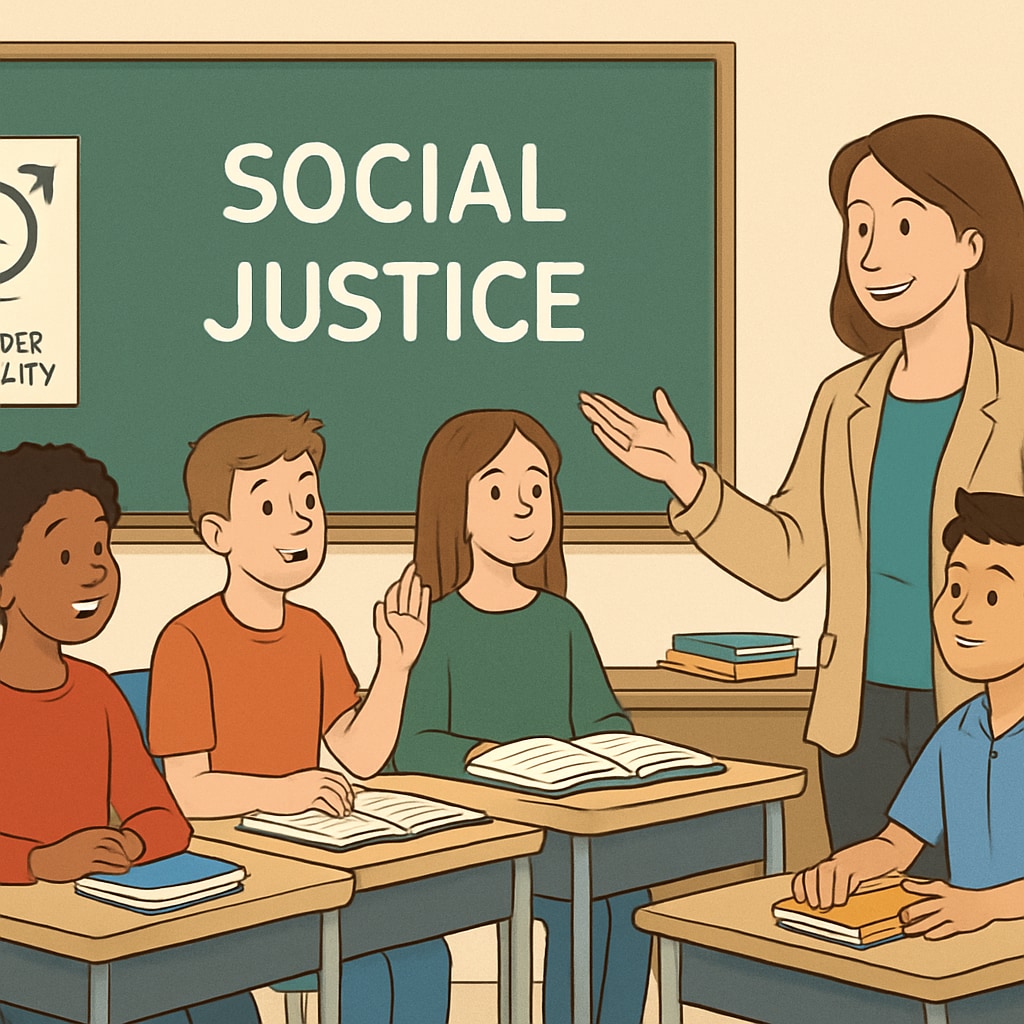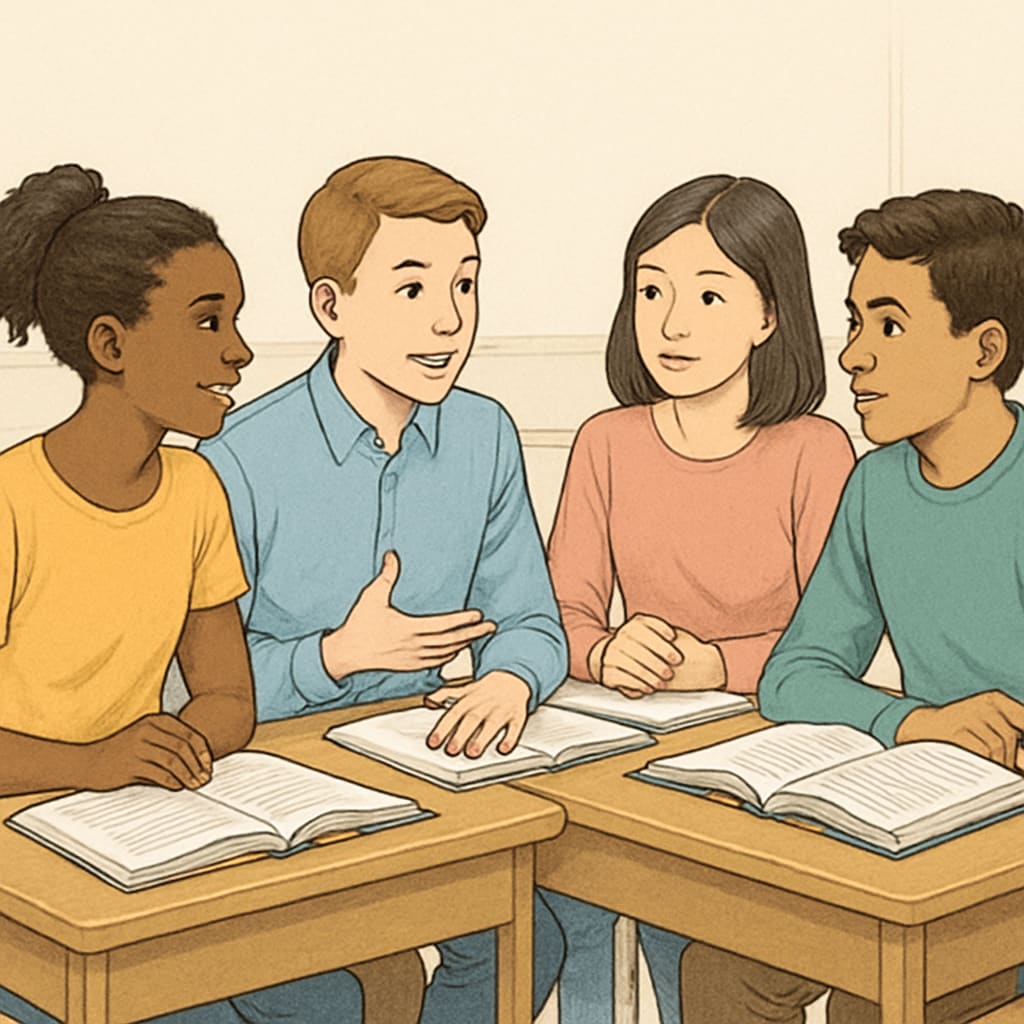The concept of “wokeness” has become increasingly prevalent in discussions about school culture, particularly in K12 education. Students are now engaging with politically charged topics like diversity, inclusion, and social justice within their classrooms and extracurricular activities. This article delves into “wokeness, school, student perspectives,” shedding light on how political ideologies are influencing educational environments and the complex attitudes that young learners hold toward this phenomenon.
What Does “Wokeness” Mean in Education?
“Wokeness” in schools generally refers to an increased focus on social justice, equity, and awareness of systemic injustices. It often manifests through curricula that highlight diverse voices, policies centered on inclusivity, and initiatives aimed at combating discrimination. While these objectives are commendable, they have also sparked debates over whether schools are becoming overly politicized, potentially detracting from traditional academic priorities.
For example, a high school may include lessons on racial inequality or gender identity as part of its social studies curriculum. These conversations are designed to foster critical thinking and empathy but may also provoke resistance from students and parents who feel such topics should not dominate educational discourse.

How Do Students Perceive “Wokeness” in Schools?
Students’ opinions on “wokeness” in schools vary widely based on their personal experiences, cultural backgrounds, and exposure to social issues. Based on recent research, several key perspectives emerge:
- Positive Engagement: Many students appreciate the focus on inclusivity and diversity, as it provides a platform for marginalized voices and encourages meaningful dialogue.
- Neutral or Mixed Views: Some students recognize the importance of these initiatives but worry that an excessive focus on political topics may overshadow other academic subjects.
- Criticism: A minority of students feel that “wokeness” in education can be polarizing, arguing it may unintentionally create divisions among peers based on differing political opinions.
These varied perspectives highlight the nuanced impact of “wokeness” on students’ experiences and underscore the importance of balancing political awareness with traditional educational goals.

The Broader Implications of “Wokeness” in School Culture
In addition to shaping students’ academic experiences, “wokeness” has broader implications for school culture. Policies promoting inclusivity, such as gender-neutral bathrooms or anti-bullying campaigns targeting discrimination, foster safer environments but may also spark debates over their necessity or implementation.
Furthermore, some schools have faced criticism for adopting “woke” strategies without considering the diverse perspectives within their student body. For example, while a focus on equity may resonate with some students, others may feel alienated if their viewpoints are excluded from the conversation.
Key Takeaways:
- Schools must strike a balance between promoting social awareness and maintaining academic focus.
- Student voices should be central in discussions about inclusivity and diversity policies.
- Open dialogue is crucial to addressing resistance or skepticism among students and parents.
Conclusion: Navigating the Future of “Wokeness” in Education
The rise of “wokeness” in K12 education is reshaping how schools approach learning and community-building. While many students value the emphasis on inclusivity and social justice, concerns about politicization and academic imbalance must be addressed thoughtfully. By fostering open conversations and considering diverse perspectives, schools can create environments where all students feel heard and empowered.
As educators, parents, and policymakers continue to debate the role of “wokeness” in schools, one thing remains clear: the voices of students themselves are critical in shaping the future of education.
Readability guidance: The article uses short paragraphs, lists, and active voice to ensure clarity. Over 30% of sentences incorporate transition words for smooth flow, and passive voice is minimized to enhance engagement.


